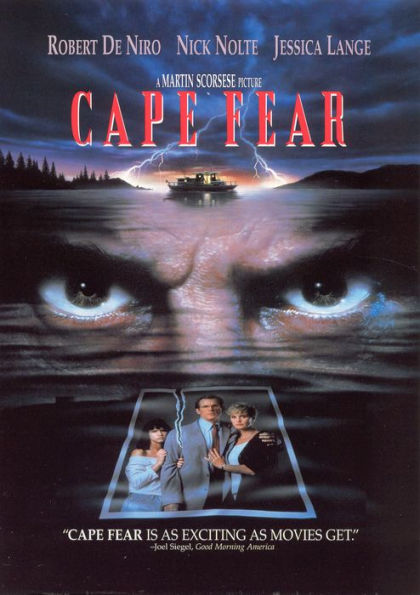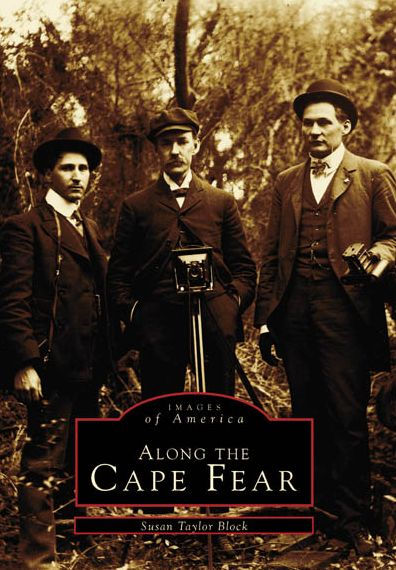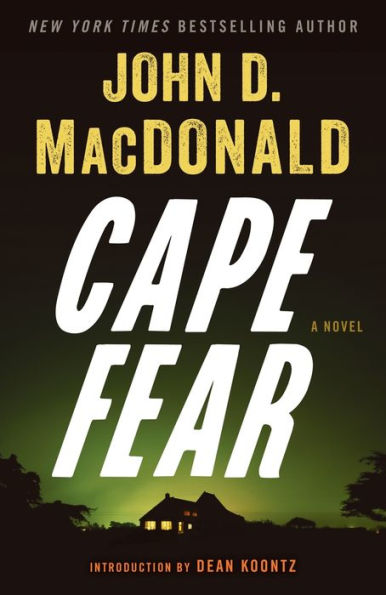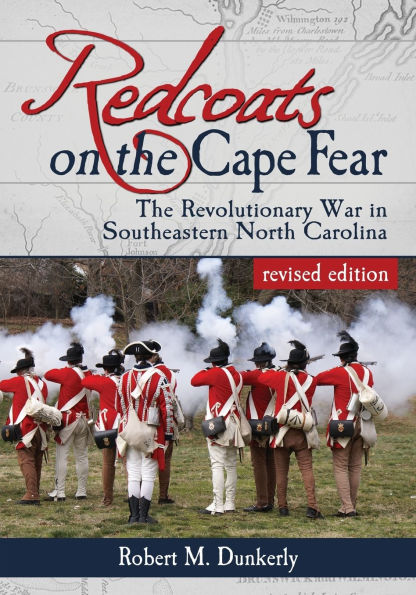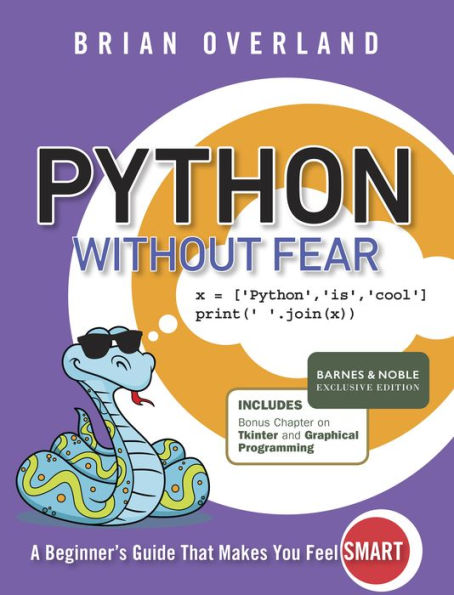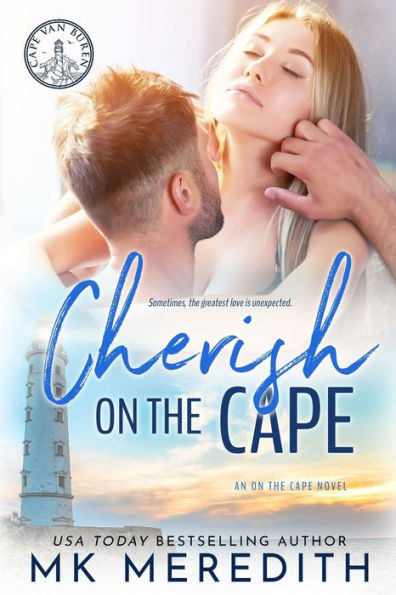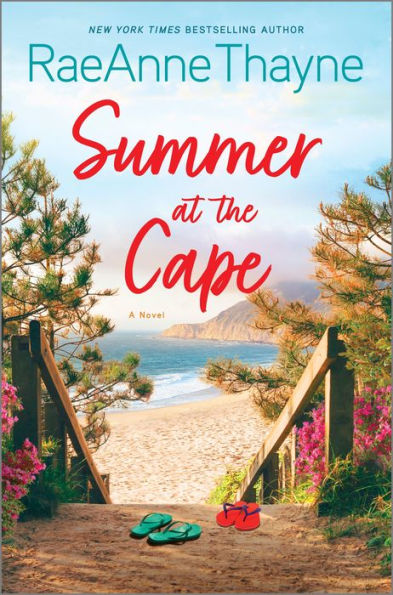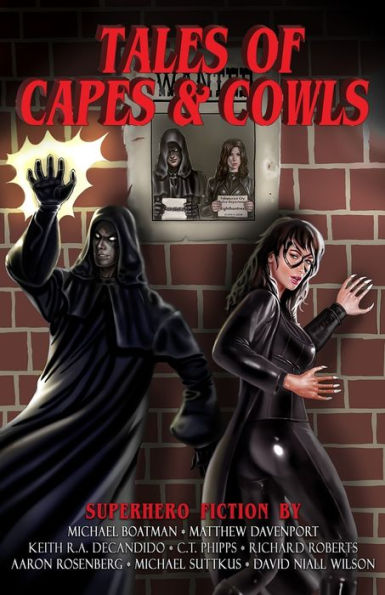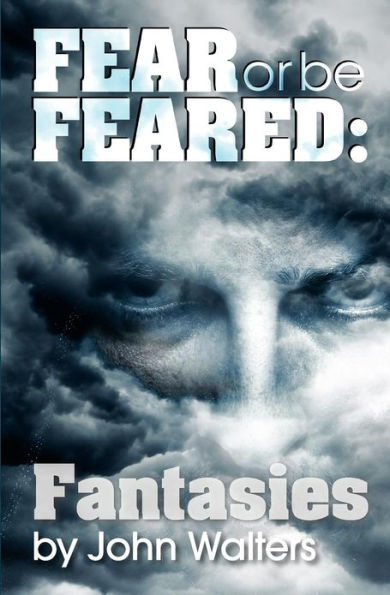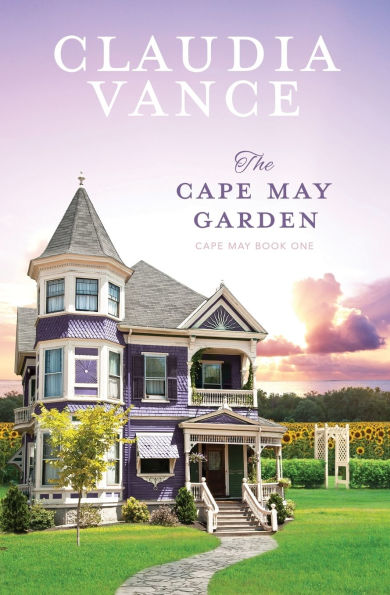Home
Cape Fear
Barnes and Noble
Cape Fear
Current price: $114.50
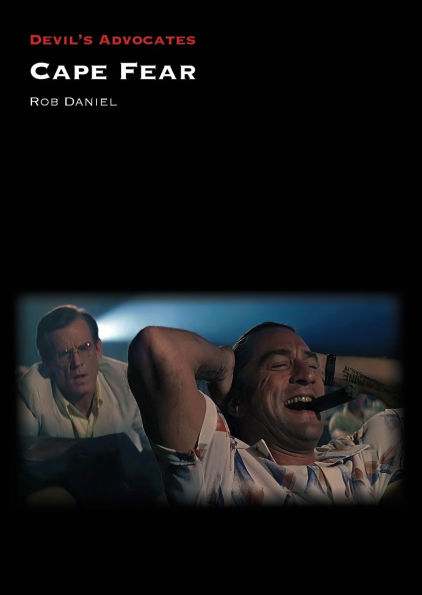

Barnes and Noble
Cape Fear
Current price: $114.50
Size: Hardcover
Loading Inventory...
*Product information may vary - to confirm product availability, pricing, shipping and return information please contact Barnes and Noble
Martin Scorsese's
Cape Fear
(1991) opens with a shot of water and climaxes on a raging river. Despite, or perhaps because of, the film's great commercial success, critical analysis of the film typically does not delve beneath the surface of Scorsese's first major box office hit. As it reaches its 30th anniversary,
is now ripe for a full appraisal.
The remake of J. Lee Thompson's 1962
was originally conceived as a straightforward thriller intended for Steven Spielberg. Author Rob Daniel investigates the fascinating ways Scorsese's style and preoccupations transform his version into a horror epic. The director's love of fear cinema, his Catholicism and filmmaking techniques shift
into terrifying psychological and psychosexual waters. The analysis also examines the influence of Gothic literature and fairy tales, plus how academic approaches to genre aid an understanding of the film.
Cape Fear
(1991) opens with a shot of water and climaxes on a raging river. Despite, or perhaps because of, the film's great commercial success, critical analysis of the film typically does not delve beneath the surface of Scorsese's first major box office hit. As it reaches its 30th anniversary,
is now ripe for a full appraisal.
The remake of J. Lee Thompson's 1962
was originally conceived as a straightforward thriller intended for Steven Spielberg. Author Rob Daniel investigates the fascinating ways Scorsese's style and preoccupations transform his version into a horror epic. The director's love of fear cinema, his Catholicism and filmmaking techniques shift
into terrifying psychological and psychosexual waters. The analysis also examines the influence of Gothic literature and fairy tales, plus how academic approaches to genre aid an understanding of the film.
